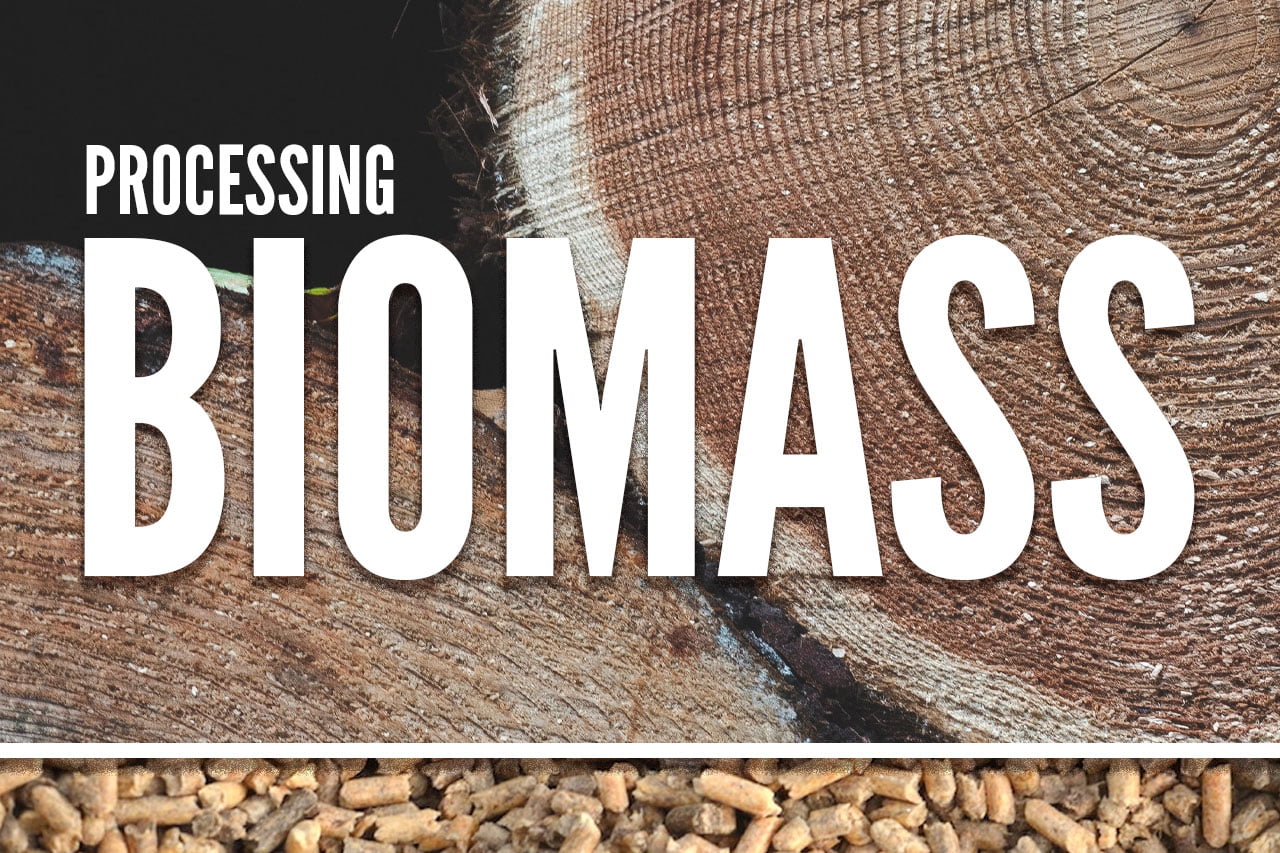
A case for wood pellet processing
The wood pellet sector has accelerated growth in the past five years; according to the WPAC, it and will undoubtably continue to see demand increases due to energy and environmental regulations. It will be vital for businesses in the wood pellet processing industry to invest in production equipment.
Counties around the globe are currently aspiring to reduce greenhouse emissions drastically. The undertaking means a massive revision of coal-fired power stations by heads of government. Politicians are deliberating on many other initiatives, including tax credits for 1 “consumers buying… pellet stoves”. As it is such a suitable replacement for coal, the industry has witnessed exceptional growth and is gaining traction.
2 “It is estimated that the demand for wood pellets will increase 40 percent to nearly 51 million metric tonnes per year.”
Among the top unrenewable energy sources, coal rates third under fossil fuels and crude oil. On the other hand, Wood Pellets score among the top renewable sources because they meet the highest environmental standards. Canadian wood pellets are said to be composed mainly of wood milling residues such as bark and sawdust.
Canada has a strong commitment to sustainability, and even with the export of wood pellets to countries such as Japan, studies report that 2 “wood pellets fired in Japan produce only 8.37 percent of GHG emissions produced by coal”, a reduction of 91%. Confirmation enough that bioenergy from wood pellets is greatly renewable and sustainable if harvested areas are reforested immediately. Exporting a whopping 2.651 M metric tons of wood pellets primarily to destinations such as the UK and Japan last year alone, Canada is well-positioned to boost global efforts to satisfy global climate change targets.
Making a mark in the wood pellet industry
One of the main concerns in wood pellet processing and bagging is, as you can imagine, dust. Dust can be a major nuisance because it tends to get into every nook and cranny of a production facility. A bagger that eliminates this nuisance is a great benefit to the manufacturer. However, this is not a factor considered by many automated packaging line suppliers. One of the reasons Link-Pack distributes Concetti lines for the North-American market is their expertise in dosing, filling and palletizing dust-producing substances. The Italian manufacturer’s automation solutions allow you to multiply your success rate by limiting downtime and achieving a better bagged and more attractive final product. In addition, you restore healthy working conditions for your operators.
Did we mention that some of the most successful lines, such as the IGF series of automatic bagging lines, can be easily operated by a single operator? This eliminates another problem, that of recruiting and retaining qualified workers.
The choice for the bagging of wood pellets often rests on a few crucial aspects. Let’s remember that wood pellets are a relatively cheap product, and the choice for packaging should logically correspond. Made from the compression of sawdust, forestry residues, industrial byproducts like old paper and green woodchips, the compressed raw materials are quite brittle and tend to break apart and turn back into their earlier sawdust form. It’s no surprise that one of the primary concerns for the industry is maintaining product integrity and reducing damage incurred during transportation. Their low moisture content also makes them susceptible to humidity, so high impact strength and tear-resistant plastic bagging remain the go-to for this industry. However, in this age of marketing, connecting with your customers on a more personnel level is increasingly vital. Packaging can be an excellent instrument to convey shared values, connect instantly with new buyers and gain client loyalty.
Beyond the production issues facing the wood pellet processing industry, manufacturers like Naturpellet in Spain are highly aware that their product’s production and bagging methods must coincide with their company image and mission. That’s why the IGF 600 was perfectly suited to the company’s “green” positioning. Concetti’s open-mouth bagging lines can operate a wide range of packaging materials and closures which satisfy a variety of concerns. Choosing paper bagging with a more natural sewn top closure was in keeping with Naturpellet’s philosophy of creating all-natural, contaminant-free wood pellets and by-products. By making an uncommon choice, they speak to their eco-friendly positioning and gain the additional benefit of standing out in a crowded space.
Read the case study for a more detailed look at this environmentally and production wise choice.[/vc_column_text][/vc_column][/vc_row]


